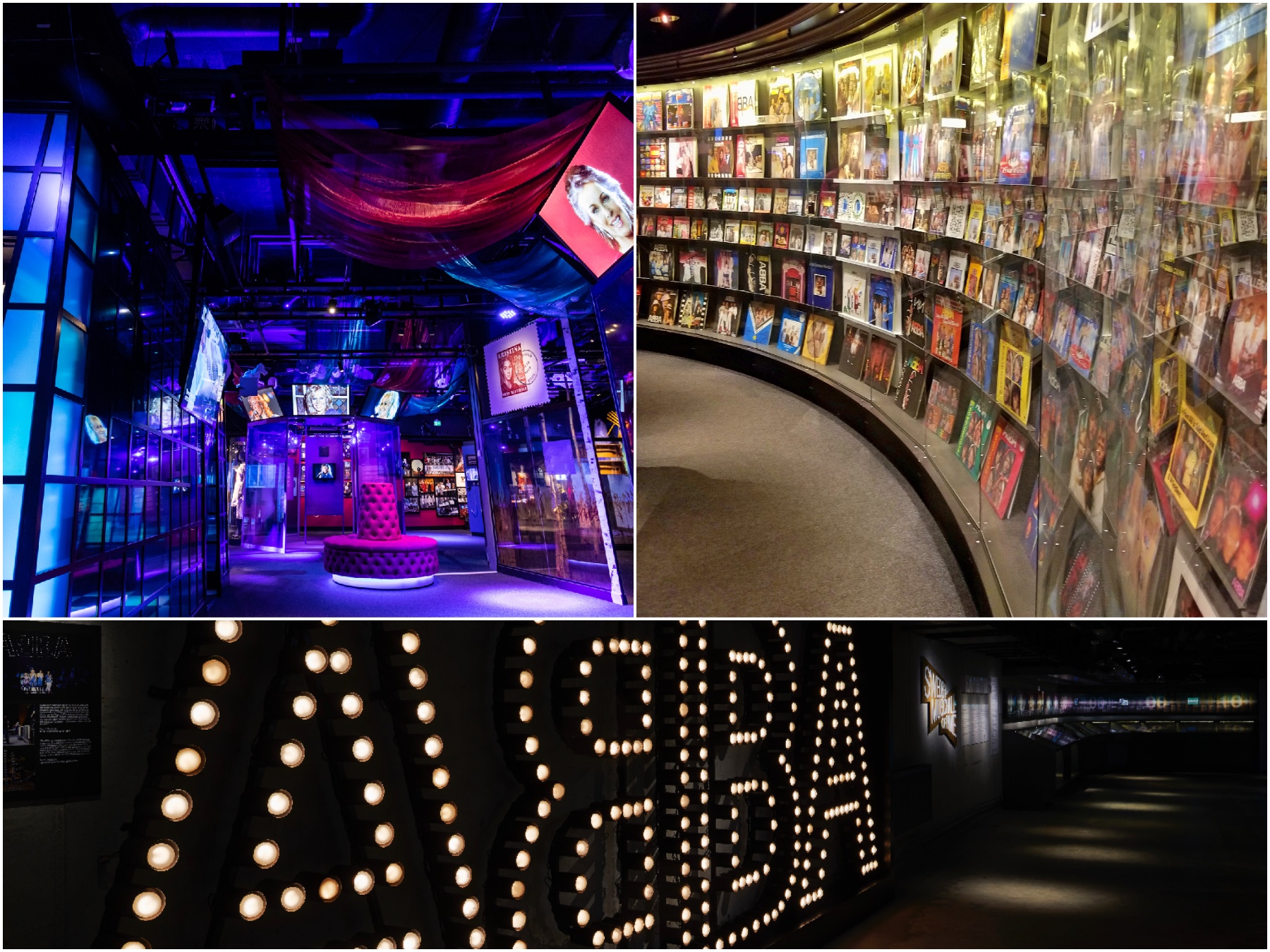
- Music
Welcome to the ABBA Museum
They had the catchy songs, the camp costumes, the beats. And most of the world at their feet. From 1974 to 1982 ABBA ruled the pop charts and became a phenomenon that did not just live on, but got a second life with a stage musical, a third one with the movies based on that and a fourth one they are looking at in 2019 with a virtual tour called “Abbatar”.
They have gazillions of dollars in royalties from their songbook and their other endeavors, having sold almost 400 million records worldwide. And they have a museum in their hometown devoted to the memory of one of the greatest pop bands of all time (certainly in the mind of legions of fans). With this, they join a very small and select group of musicians who have whole museums built for them. Think Johnny Cash in Nashville, Bob Marley in Jamaica, The Beatles in Liverpool and Edith Piaf in Paris. The rest may have to make do with exhibits at the Hard Rock and the Rock’ n’ Roll Hall of Fame.
In preparation for the interviews with the two Bs, Benny Andersson and Björn Ulvaeus in Stockholm for the movie sequel Mamma Mia! Here We Go Again, the HFPA visited the ABBA Museum in the city’s Djurgården district. This is not your average exhibit. You don’t just walk around and admire threadbare, moth-eaten stage clothes in a glass vitrine or handwritten lyrics and song lists next to sepia-tinted photos in cases. No, this museum is an interactive experience that is as much as fun as their live shows were 40 years ago. Not many of us had the chance to go to their concerts then, but a visit to the museum conjures up an idea of what it must have been like. Add to that the inside look behind the scenes and you get a pretty good feeling of what it must have been like to be one of the world’s most famous bands.
It is clear from the moment you enter the building that this would never have happened without the full consent and cooperation of the band itself. And according to legend, it all started because Björn tried on some old costumes one day: ‘It was OK, I could get into it. It was from the last tour, a little more sophisticated than the early ones, but still very tight. I looked ridiculous, but it was not documented, there were no pictures, so that’s all right!’ he told the papers at the opening of the place. Ulvaeus got involved to make sure the quality of the museum would hold up to the legend. If critics accuse him of narcissism so be it. What else is putting on silly costumes and dancing onstage to the beat of some of the biggest hits of all time, whether you are Mick Jagger or Agnetha Fältskog & Benny Andersson & Björn Ulvaeus & Anni-Frid Lyngstad?

In their museum, you can get onstage and copy the dance moves while lip-syncing to one of their hits (the visitor’s choice) and being videotaped with the virtual ABBA-members next to you. Or really sing in the rebuilt studio with a point system telling you how bad you really are at karaoke. This, too, is recorded and can be downloaded from the museum’s website. It proves, if nothing else, how sophisticated their music is. And how almost impossible to interpret without failing miserably. Even though a lot of people did not deem them cool enough, they were and are brilliant. On the museum tour, posing with ABBA on a park bench or virtually trying on their costumes is a given, even if their glammed up, glittery spandex outfits are a fashion crime in itself (think Björn’s skintight Superman suit).
Their story was recorded and narrated by Mamma Mia! screenwriter and film director Catherine Johnson and can be listened to in various locations throughout the visit, including in the rebuilt office of their longtime stage manager Stig Andersen, who also helped with the exhibit.
To say it with their own song titles (and be as camp as they were): the ABBA Museum is anything but a “Waterloo” to the memory of the band, it is neither a narcissistic “Look at Me Now” nor a “Take A Chance On Me”, but proof that “The Winner Takes It All”. And it sure is making “Money! Money! Money!”

